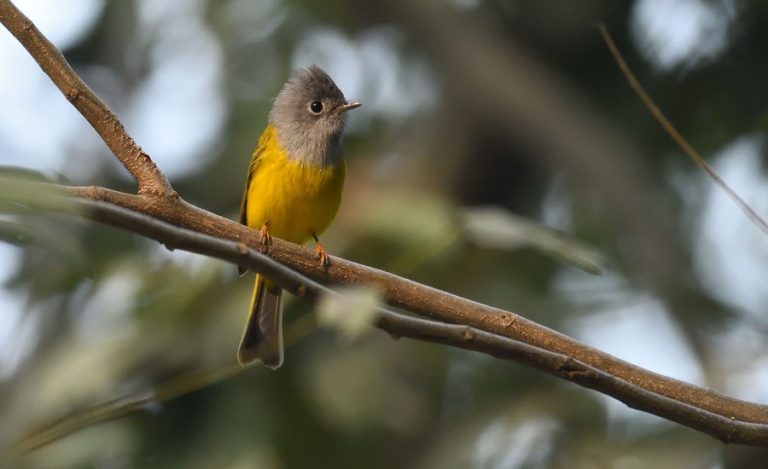India boasts 75 percent of the total Tiger population in the world. It is also the only country with Asiatic lions. Furthermore, it has the largest population of rhinoceros and a sizeable population of leopards and snow leopards. Today, we are home to 24 cheetahs, as well.
This is a big feat as India has grown from housing only 250 lions left at one point to now almost 1000 and from 1411 tigers, till a few years ago, to almost 5000 today! No wonder India has the rightful claim to lead the International Big Cat Alliance (IBCA), having 95 countries as its members. Indian Masterminds spoke to DG, IBCA, Dr. SP Yadav on how India is helping other countries in the conservation of the Big Cats.
Please click here to watch the full video…
“However, we still are far from being saturated. We still have a number of areas with a lot of potential for tigers that are functioning well below their carrying capacity. They are like Namdhapa and Kamlang forest reserves in Arunachal Pradesh, Nameri in Assam, Sogagipur, Suhelwa, and Ranipur forests in Uttar Pradesh, besides, of course, Periyar Tiger Reserve in Kerala. We have enough capacity in our forests, and their number can easily go up to 5000,” says Dr. Yadav.
CHEETAH REINTRODUCED
The biggest news for wildlife in the recent past was the successful re-introduction of 20 cheetahs, some of which died due to various reasons while others procreated to take their population to 24. However, we will continue to import 12 to 16 Cheetahs every year for the next 10 years for their population to stabilize at a threshold number of 40 animals. Soon they will be dispersing to Rajasthan forests contiguous to their present habitat, Madhya Pradesh’s Kuno National Park.
“Cheetahs had become extinct in South Africa as well. It took South Africa 20 years to stabilize their population,” says Dr. Yadav, adding, “We need Cheetahs for restoring our grassland ecology.”
TWO YEARS OF IBCA
IBCA was formed on 9th April 2022, and India passed a law from the Parliament this year to provide it with statutory protection. Jaguar and Puma are the only species among the seven big cats not found in India. They are found only in North and South America. The number of Amur Leopards is just 50 now. The Jaguar and Puma population too is falling. The African Lion population is depleting fast. India can contribute to conserving big cats in all 95 countries, which together have 50 million sq km of area of rich biodiversity. Conserving it will also help fight climate change, says Dr. Yadav.
Kazakhstan recently took a bold step by reintroducing Amur tigers, replacing the once-native Caspian tigers that roamed its lands. With a rewilding plan in place, they aim to restore the balance of their ecosystem over time. Cambodia, too, is following suit, with similar plans to reintroduce tigers into its forests. These efforts signify a global commitment to wildlife conservation and the revival of endangered species, offering hope for the future of these majestic predators.































